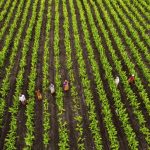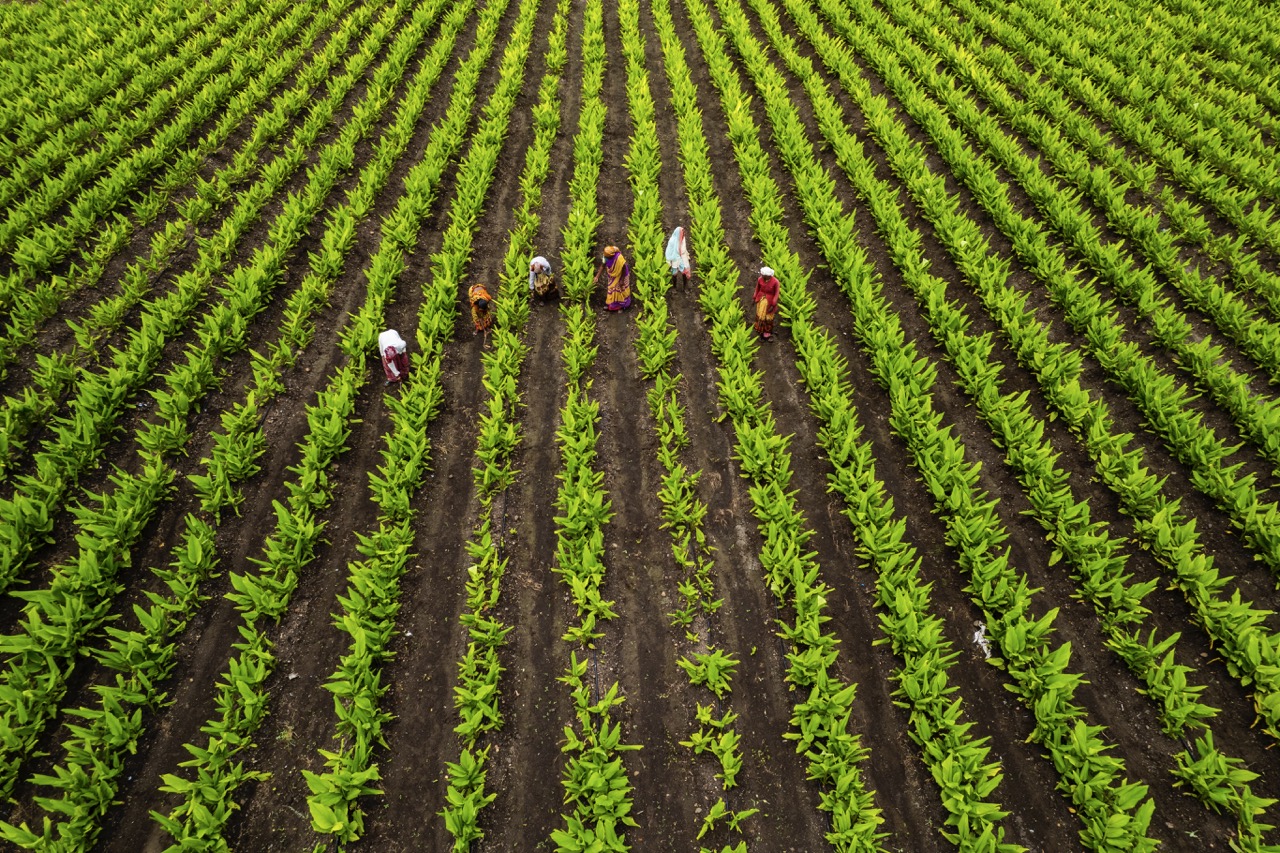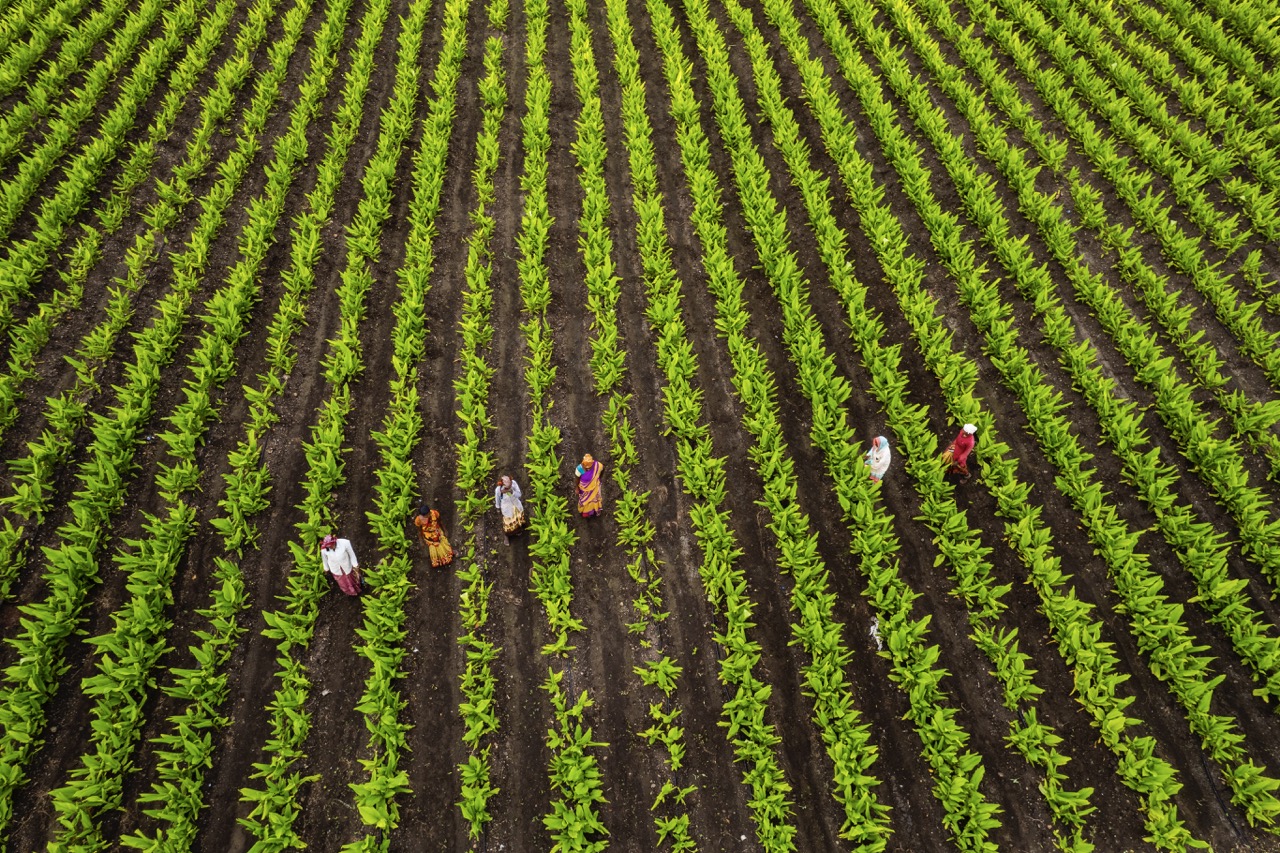In an era marked by rapid technological advancement, agriculture is undergoing a significant transformation. Farmers are now harnessing the power of data analytics to enhance productivity, minimize waste, and respond adeptly to market demands. As global populations swell and climate challenges intensify, the ability to make informed decisions based on data is more critical than ever for ensuring food security and sustainable farming practices. This article explores how data analytics can improve farm efficiency, highlighting the essential metrics to monitor, the technological solutions available, and real-world applications that showcase the potential of data-driven farming.
Understanding the Role of Data Analytics in Agriculture
Data analytics plays a pivotal role in modern agriculture by converting raw data into actionable insights. By analyzing patterns and trends in farm operations, farmers can make informed decisions that may lead to enhanced productivity and reduced operational costs. The ability to analyze various data points—from soil health to weather patterns—allows farmers to optimize their resources and make timely interventions, ultimately leading to better yield and quality of produce.
Moreover, data analytics fosters precision farming, where decisions are no longer based on intuition but rather on concrete data. For instance, by utilizing satellite imagery and sensor data, farmers can assess crop health and soil conditions in real-time, allowing for precise application of fertilizers and pesticides. This precision not only improves crop yield but also significantly reduces the environmental impact by minimizing chemical runoff and waste.
Lastly, data analytics also provides farmers with a competitive edge in the marketplace. By analyzing consumer trends and demand forecasts, farmers can align their production schedules with market needs, thus maximizing profits. Additionally, accessing historical data enables farmers to build resilience against market fluctuations, ensuring stable earnings in the face of unpredictable conditions.
Key Data Metrics Every Farmer Should Track for Success
To effectively leverage data analytics, farmers must identify and monitor key performance indicators (KPIs) relevant to their operations. Soil health metrics, such as pH levels, moisture content, and nutrient availability, are crucial for understanding the foundation of crop productivity. Tracking these metrics allows farmers to make informed decisions regarding soil amendments and irrigation strategies, ultimately leading to healthier crops and improved yields.
Another essential metric is crop yield data, which provides insights into the performance of different varieties under varying conditions. By analyzing yield data over time, farmers can identify which crops thrive in their unique environment, allowing for better planning and crop rotation strategies. Additionally, comparing yield data across different fields can reveal the impact of specific practices, such as tillage or cover cropping, on overall productivity.
Labor efficiency is also an important metric to monitor. Keeping track of hours worked, tasks completed, and costs associated with labor helps farmers optimize their workforce and reduce unnecessary expenditures. By analyzing labor data, farmers can identify bottlenecks in their operations and allocate resources more effectively, ensuring a more streamlined and productive farming process.
Implementing Technology Solutions to Capture Farm Data
To harness the power of data analytics, farmers must implement technology solutions that enable the collection and analysis of relevant data. One of the most impactful tools in this regard is the Internet of Things (IoT), which encompasses a network of connected devices that collect real-time data from the farm. Sensors can monitor various parameters, such as soil moisture levels, temperature, and humidity, providing farmers with vital information that can be acted upon immediately.
Additionally, farm management software (FMS) has become instrumental for data analytics in agriculture. These platforms integrate various data streams—from weather forecasts to financial reports—into a single dashboard, allowing farmers to visualize and analyze their operations comprehensively. Many FMS solutions also offer predictive analytics, enabling farmers to forecast trends and make proactive decisions based on historical data and current conditions.
Furthermore, mobile applications have made data collection more accessible for farmers, allowing them to input observations and track metrics directly from the field. With the increasing adoption of smartphones and tablets in rural areas, these applications facilitate real-time data entry and retrieval, empowering farmers to stay informed and make swift decisions that enhance farm efficiency.
Real-World Case Studies: Data-Driven Farming Solutions
One notable case of data-driven farming is the implementation of precision agriculture techniques by a major corn producer in the Midwest United States. Utilizing satellite imagery and soil sensors, the farmer was able to identify variability in soil health across different fields. By applying variable rate technology (VRT) for fertilizer application based on soil data, they not only improved crop yields by 15% but also reduced fertilizer costs by 20%. This approach exemplifies how data analytics can directly influence farm productivity and sustainability.
In another instance, a dairy farm in California adopted data analytics for herd management. By using software that tracks individual cow health, milk production, and feeding habits, the farm was able to identify underperforming animals and adjust their care accordingly. This not only improved overall herd health but also increased milk production per cow by 10%. This case shows the power of data in making granular decisions that enhance farm output.
Lastly, a vineyard in France employed data analytics to optimize grape production. By analyzing weather data, soil conditions, and historical yield information, the vineyard was able to determine the best times for irrigation and harvesting. This data-driven approach led to a 25% increase in grape quality and a significant boost in sales. Such examples illustrate how embracing data analytics can revolutionize farming practices, leading to greater efficiency and profitability.
The integration of data analytics into agricultural practices is no longer a luxury; it has become a necessity for farmers aiming to thrive in a competitive and rapidly evolving industry. By understanding the role of data analytics, tracking key metrics, implementing technology solutions, and learning from real-world case studies, farmers can significantly enhance their operational efficiency and sustainability. As the agricultural landscape continues to evolve, those who leverage data analytics will likely lead the way in innovation and productivity, paving the path toward a more resilient and efficient food system.










